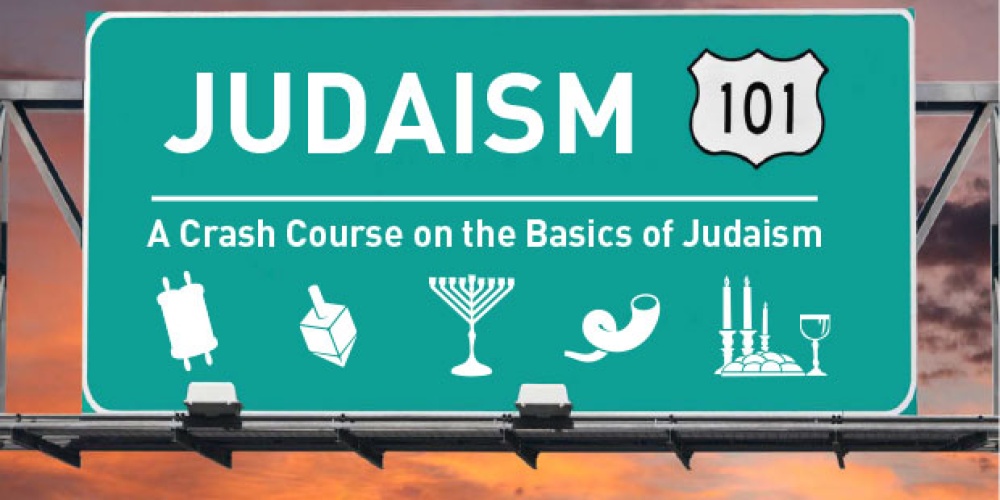
"A convert who comes to convert bizman hazeh, nowadays...we inform him of the importance of leket, shichichah, peah and ma'aser ani[1]" (Yevamot 47a). The Gemara lists only six specific mitzvoth we must teach a convert. There is no surprise that this list includes Shabbat and kashrut--probably the two most distinguishing aspects of being a Jew, sanctifying as they do our time and our bodies. But before we get to Shabbat and kashrut, we list four of the mitzvoth that are manifestations of the mitzvah of tzedekah. This is something worthy of great reflection and internalization.
It is tzedakah that is the defining character of being a Jew. This, despite the fact that--unlike Shabbat and kashrut--there is nothing uniquely Jewish about giving charity[2]. The essence of our Jewishness is not in what separates us from other groups, but rather in excellence in that which should be common to all mankind.
Striking is the expression bizman hazeh, nowadays. According to at least some authorities these four mitzvoth were no longer applicable when this Talmudic teaching was formulated - at least not on a Biblical level. Yet the message behind them is so crucial that these are the first mitzvoth we teach a potential convert. Leket, shichichah, and peah not only require that the farmer share his blessings with the less fortunate, but that he let them enter his property so that they may glean from his field--itself an important lesson for the poor. Writing a cheque for the poor is great, but the Torah also wants the bond and emotional tie that can only come about through personal contact[3].
That tzedakah should be theme of any introduction to Judaism should come as no surprise. "And Abraham shall surely become a great and mighty nation, and all the nations of the earth shall be blessed in him. For I have known him, to the end that he may command his children and his household after him, that they may keep the way of the Lord to do tzedakah, righteousness and justice" (Breisheet 18:19). The Jewish people were chosen by G-d as His special nation to be the epitome of tzedakah. As the Rambam, quoting the above verse, notes, we must "be careful in the mitzvah of tzedakah, more than all other positive mitzvoth...tzedakah is the sign of the righteous, the seed of Abraham our forefather" (Matanot Aniyim 10:1).
There may be another reason why we highlight these specific aspects of tzedakah as opposed to tzedakah in general. These mitzvoth apply, at least on a Biblical level, only in the land of Israel. Conversion entails a commitment to the G-d of Israel, the people of Israel, and the land of Israel. The model of this commitment is Ruth, the model convert, whose kindness we read about on Shavuot when we celebrate the receiving of the Torah. If not for these mitzvoth, Rut and Boaz would have never met and married, and the Davidic Monarchy would have been stillborn.
It is identification with our fellow Jews and the Jewish people that is the primary requirement of a Jew. Teaching about mitzvoth can come only after a connection to our people has been established. And thus, when a potential convert comes to convert, we first (even before teaching about helping the poor) say to him, "'What reason have you for desiring to become a convert? Do you not know that Israel at the present time are persecuted and oppressed, despised, harassed, and overcome by afflictions?' If he replies, 'I know and yet am unworthy', we accept him immediately and we [only at this point] inform him of some of the light mitzvoth and some of the heavy mitzvoth[4]".
Even before a convert can accept mitzvah observance, he must embrace Jewish peoplehood (see Reflections of the Rav, chapter 10, p. 107). Of course, these are not separate and distinct realms. Mitzvah observance flows from Jewish peoplehood. Only one who identifies with the Jewish people, past and present, is worthy or even capable of accepting the yoke of commandments. And the primary way we display our identification with our people is to offer a helping hand to those in need.
Today, a substantial majority of the Jews are not meticulous about many aspects of Jewish observance. Yet many of these so-called "non-religious" Jews care deeply about the Jewish people and spend much time and effort devoted to the Jewish community. Come to think of it, many are great practitioners of the mitzvah of tzedakah, demonstrating that they are worthy heirs to Abraham, the founder of our great nation.
[1] These four mitzvoth require a farmer to leave for the poor that which he inadvertently dropped during the harvest, that which he initially forgot to harvest, and a corner of his field, and to give to the poor 10% of his produce.
[2] The universality of this mitzvah might be the reason there is no brachah when giving tzedakah (and on other mitzvoth between man and man). As kedusha means "distinctiveness", the brachah"asher kidshanu b'mitzvotav" is to be recited only on those mitzvoth that are uniquely Jewish (heard from Rav Herschel Schachter).
[4] Whether the "light and heavy mitzvoth" refer to tzedakah, kashrut and Shabbat or to some other mitzvoth is not clear and not all that relevant. The first mitzvoth specifically mentioned are those of tzedakah, highlighting their centrality to the conversion process. Undoubtedly, the convert will be taught more than the six specific mitzvoth mentioned, but the fact that these are mentioned is most significant.



